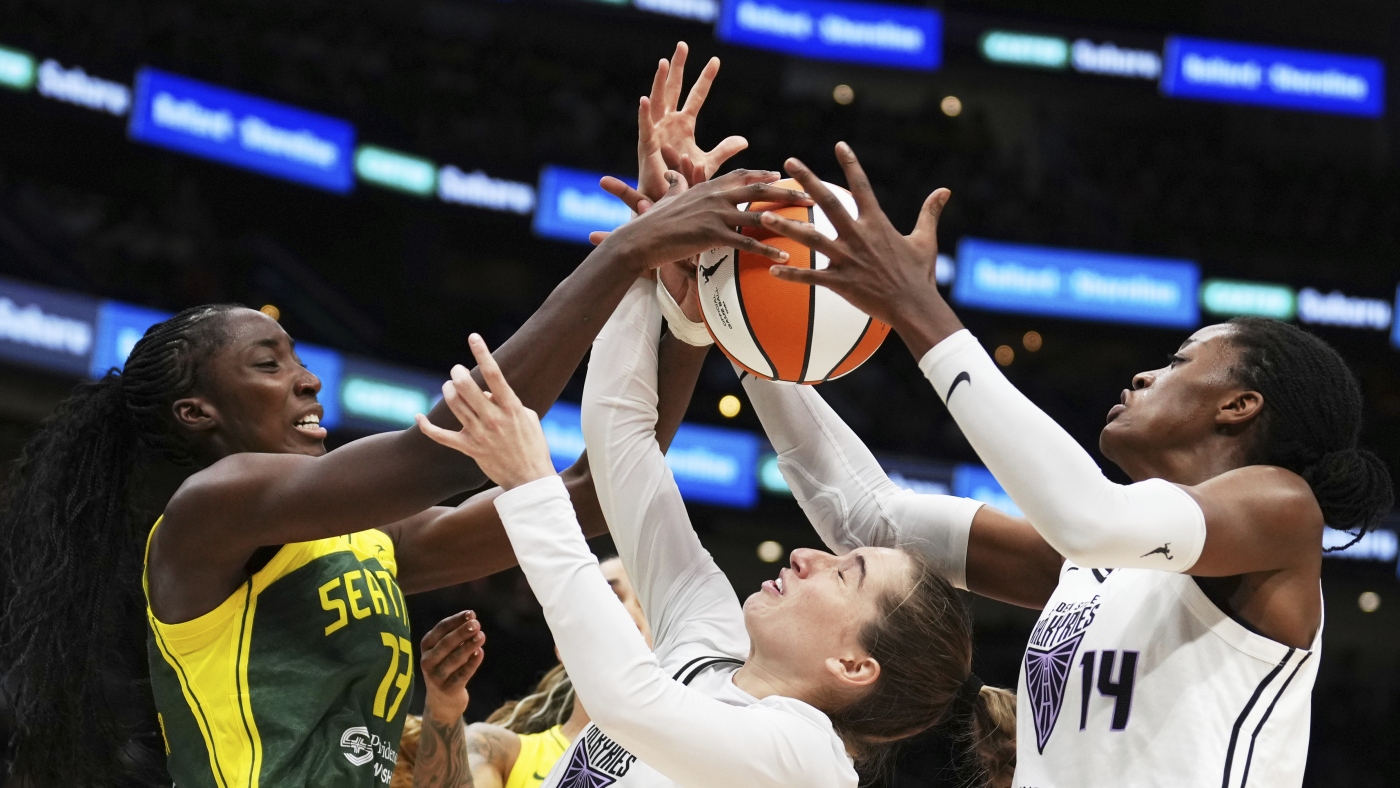WNBA’s Growth: A New Era for Women’s Basketball
The WNBA is thriving like never before. Last season, fan interest surged. Ratings and attendance reached record highs, all thanks to players like Caitlin Clark making waves in women’s basketball. But questions lingered: Would this growth last?
Now, halfway through the 2025 season, the answer is clear. TV ratings have jumped by 23%. Attendance at games has risen by 13%, and ticket sales are up 26%, fueled by the new team, the Golden State Valkyries.
The WNBA is not just holding its ground; it’s planning for a bright future. The league aims to expand to 18 teams by 2030. Phil Cook, the league’s chief marketing officer, believes that the WNBA’s talent deserves recognition. “We just needed to unlock access to a fan base that didn’t yet see that,” he says.
Players are also pushing for better contracts. A’ja Wilson, a star for the Las Vegas Aces, highlighted the importance of accountability in the league. “This is about my livelihood and setting the stage for the next generation,” she emphasized.
The All-Star Game festivities in Indianapolis underscored this growth. Two years ago, fan votes barely filled the 12,000-seat arena in Las Vegas. This year, fan voting exploded, with nearly 1.3 million ballots cast. The event sold out the 18,000 seats in Indianapolis months in advance.
Merchandise sales and social media engagement are also climbing. Teams like the Valkyries, with around 10,000 season ticket holders, are attracting new fans. And many of them do not overlap with traditional basketball audiences, indicating the league’s ability to draw in fresh supporters.
Recent changes in ownership also reflect this shift. Previously, only five out of 12 teams had NBA owners. Now, new teams, including the Valkyries, are part of NBA franchises. This renewed interest signals a strong future for the league.
However, not everyone believes the WNBA’s potential has been fully realized. Cheryl Reeve, coach of the Minnesota Lynx, noted the missed opportunities in the past due to skepticism about the league’s longevity.
While attendance is booming, some teams face challenges. For instance, the Washington Mystics and Atlanta Dream struggle with smaller arenas. Shifting games to larger venues has helped when big teams come to town.
The league is also in discussions for a new collective bargaining agreement as the current one expires in October. Key issues include player salaries and their ability to play in other leagues, which has been crucial for their financial stability.
As the WNBA grows, players worry about balancing expansion with player health. Some All-Stars are sidelined by injuries, raising questions about the league’s approach to scheduling and player safety.
For many long-time players, the transformation is shocking. Kayla McBride, who’s been in the league for 11 years, recalls how accommodations have improved dramatically. “We went from Holiday Inn Expresses to Four Seasons hotels,” she noted.
Yet, players like McBride remind us there’s still work to do. They advocate for fair treatment that reflects their contributions on the court. “We are achieving great things, but we need our demands to match our performance,” she said.
In summary, the WNBA is navigating a dynamic shift in women’s sports. With increasing attendance, exciting gameplay, and ongoing negotiations for better player conditions, the league is poised to shape a thriving future for women’s basketball.
For more details on this evolution, check out the WNBA’s official site.






















